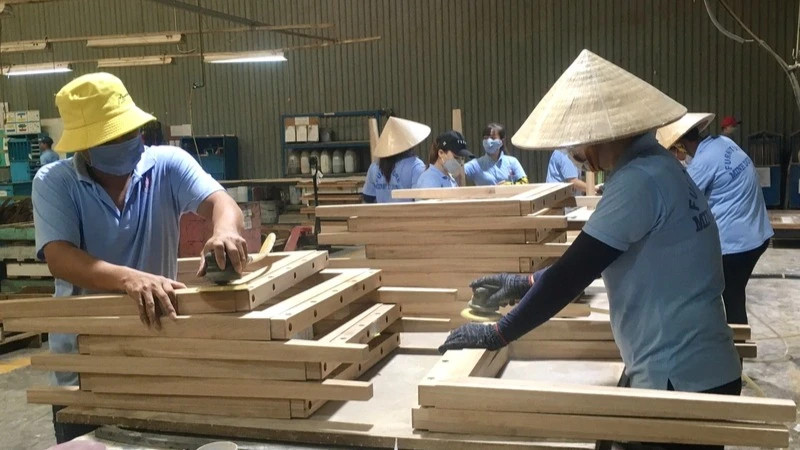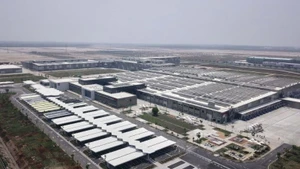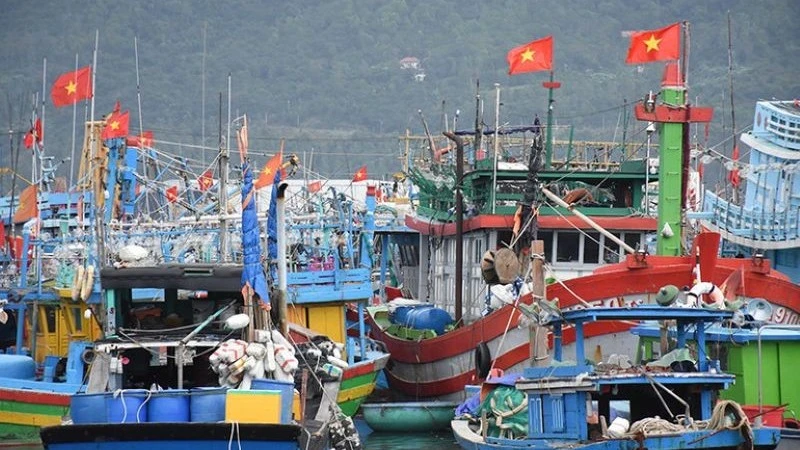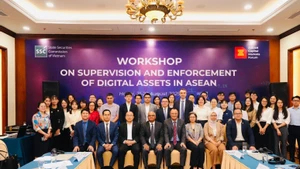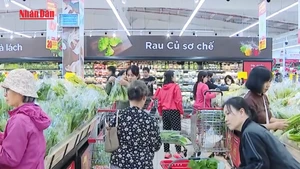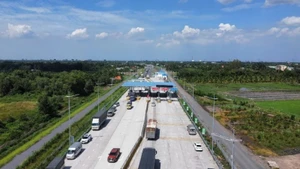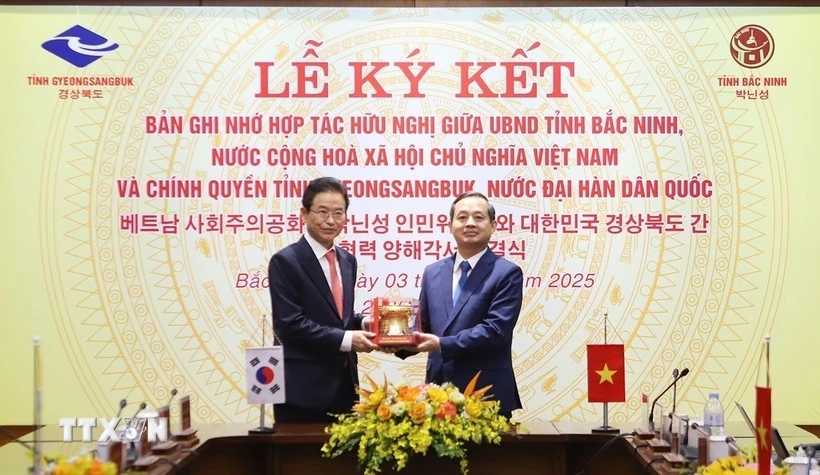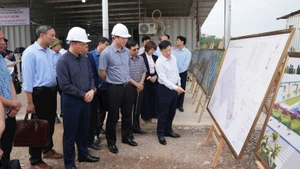Forestry development, at the same time, aims to promote the potential, role and effects of forests to contribute to creating jobs and income for people associated with protecting the ecological environment, conserving biodiversity, minimising negative impacts caused by natural disasters, enhancing the ability to adapt to climate change and contributing to protecting national defence and security.
Vietnam has participated in bilateral and multilateral international trade agreements, including the export of wood and forest products, requiring the development of stable raw material areas with legal origins according to regulations, ensuring quality and competitive prices. On the other hand, Vietnam, like many countries in the world, is currently facing a complex and unpredictable climate change situation, so the task of protecting and developing forests is even more difficult, requiring responsible participation from the social community and the attention of the entire political system.
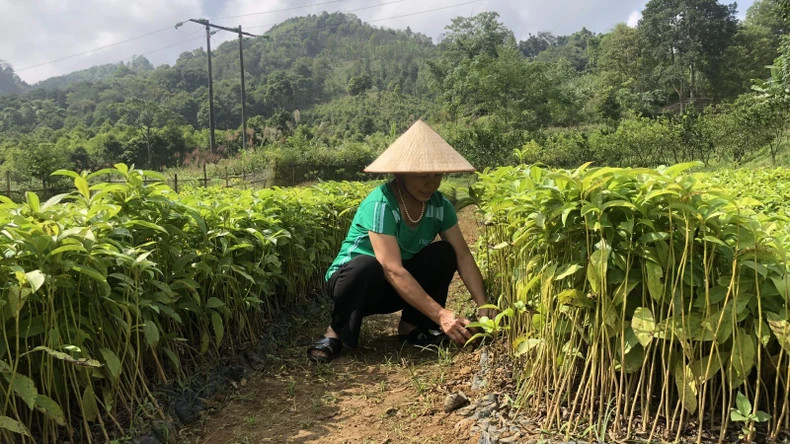 |
| Producing high-quality seedlings for afforestation. |
Vietnam has also committed to reducing net emissions to zero by 2050 and reducing greenhouse gas methane emissions by 30% by 2030 at the 26th United Nations Climate Change Conference of the Parties (COP26). Accordingly, sustainable forest development to absorb CO2 and reduce greenhouse gas emissions has become one of the key tasks of the forestry sector and the whole society in the current period.
On October 25, 2024, the Prime Minister issued Decree No.140/2024/ND-CP, regulating the liquidation of planted forests. Accordingly, two types of planted forests are liquidated. That is, planted forests in the investment phase are damaged due to one of the following reasons: natural disasters according to the provisions of the law on natural disaster prevention; due to pests, diseases and other organisms that harm forests and do not meet the acceptance criteria after planting forests according to the provisions of the law on investment in silvicultural works; planted forests after the investment phase are damaged due to the above reasons and do not meet the national standards for planted forests.
Previously, on August 24, 2024, to build the forestry sector into an economic and technical sector based on establishing, managing, protecting, developing and sustainably using forest resources and forestry land, ensuring broad and equal participation of organisations and individuals in forestry activities, mobilising social resources; maximising the potential, role and value of forests for sustainable development; increasingly contributing to the process of socio-economic development, environmental protection, natural resource conservation, biodiversity and climate change response, the Prime Minister has issued a Decision approving the national forestry for the period 2021-2030, with a vision to 2050.
To gradually and effectively implement the Government's “Vietnam Forestry Development Strategy for the 2021-2030 period, with a vision to 2050”, the Prime Minister has issued Decision No. 809/QD-TTg, approving the Sustainable Forestry Development Program for 2021-2025, requiring that forestry development must truly become an effective economic sector associated with ecological environment protection, biodiversity conservation, enhancing the ability to adapt to climate change, minimising negative impacts caused by natural disasters, reducing greenhouse gas emissions, absorbing and storing carbon from forests, contributing to the implementation of Vietnam's commitment at the COP26 Conference, and to national defence and security.
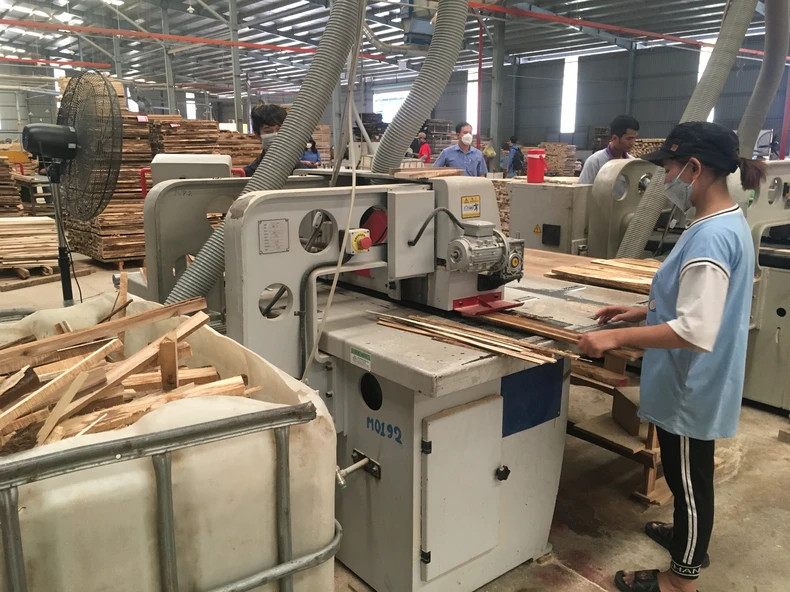 |
| Investing in equipment to develop a modern wood processing industry. (Photo: Dung Minh) |
Protecting and sustainably developing the entire existing forest area and newly created forest area in the 2021-2025 period; contributing to maintaining a stable national forest cover rate of about 42%; continuing to improve forest productivity and quality, meeting the requirements of supplying raw materials for production and consumption, protecting and protecting the environment, conserving biodiversity, minimising negative impacts caused by natural disasters, enhancing the ability to adapt to climate change; increasing the value of forestry production by 5 to 5.5%/year.
The export value of timber and non-timber forest products is expected to reach about 20 billion USD by 2025, of which the export value of non-timber forest products will reach more than 1.5 billion USD, increasing the proportion of deep processing and exporting high-value-added timber and forest products. At the same time, the target is that by 2025, the income from planted forests in production forests will increase by an average of about 1.5 times/unit area compared to 2020.
